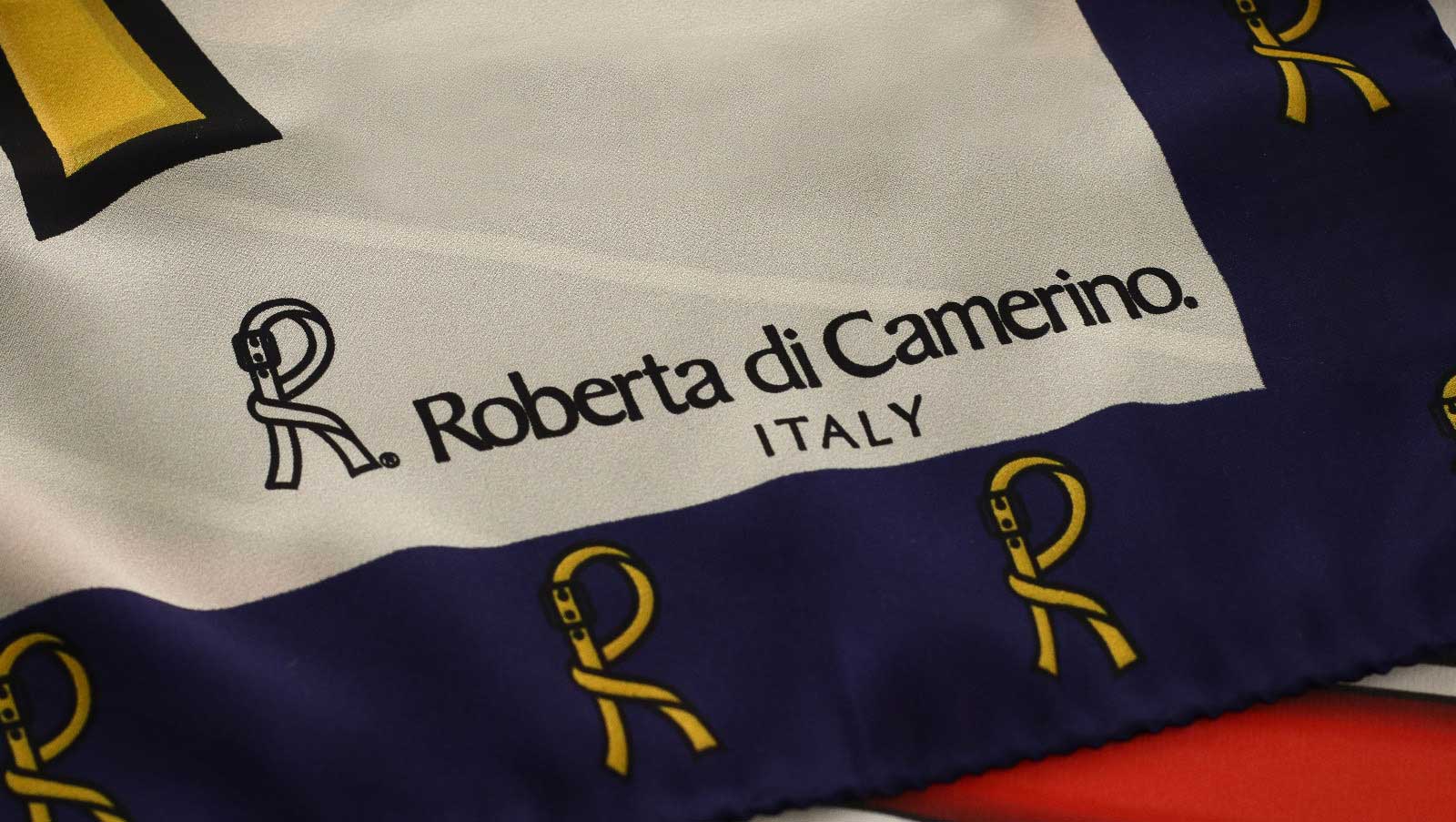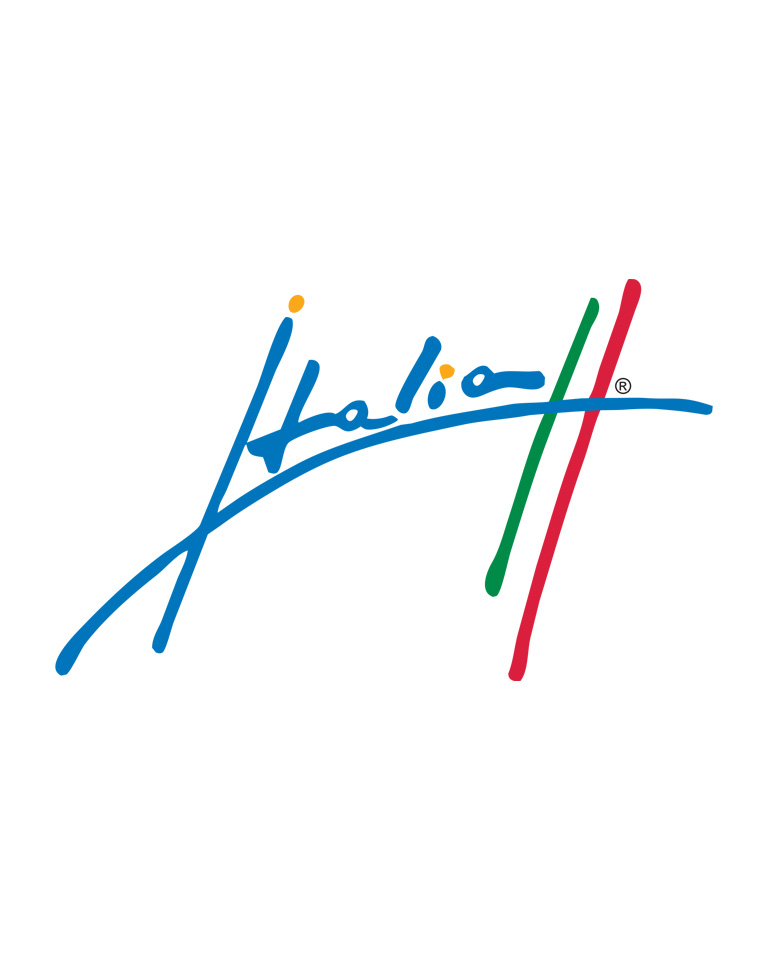Roberta di Camerino's license
Licensing this brand means adding value to your product.
Certify the authenticity of your product with a hologram.
Over the last fifty years, Roberta di Camerino bags have had a leading role in the fashion world. The bags themselves evoke stories, characters and emotions. The legendary Bagonghi bag, photographed in 1956 on Grace Kelly's arm, traveled the world with her. Other dedicated admirers include the likes of Elsa Maxwell, Princess Paola of Liège, Liz Taylor, Gina Lollobrigida, Isabella Rossellini and Farrah Fawcett. Not forgetting the Caravel bag - worn on Madonna's arm on more than one occasion.
The perfection of the unpredictable
The story of Roberta di Camerino, one of the great empires of Italian fashion, begins with Giuliana Coen, innovator and founder of the brand. The label name was born by combining her name Roberta, taken from her favorite song of hers "Smoke Gets in Your Eyes" and Camerino, her husband's surname.
Giuliana relies on extraordinary Venetian craftsmanship to create one of the most important brands in the region. This craftsmanship mingled with the neo-baroque style that was to become her famous hallmark. The "Soprarizzo" velvets woven in the dark on ancient looms, were used until then only for ecclesiastical furnishings and clothing. For the first time they were decoded with new colors on her creations. The closures and studs on the lei bags were created by the craftsmen who made the brass ornaments for the gondolas. These one-of-a-kind items resembled nothing that had been created before. Roberta di Camerino bags turned out to be a revolution, being totally different from anything made up to that moment.
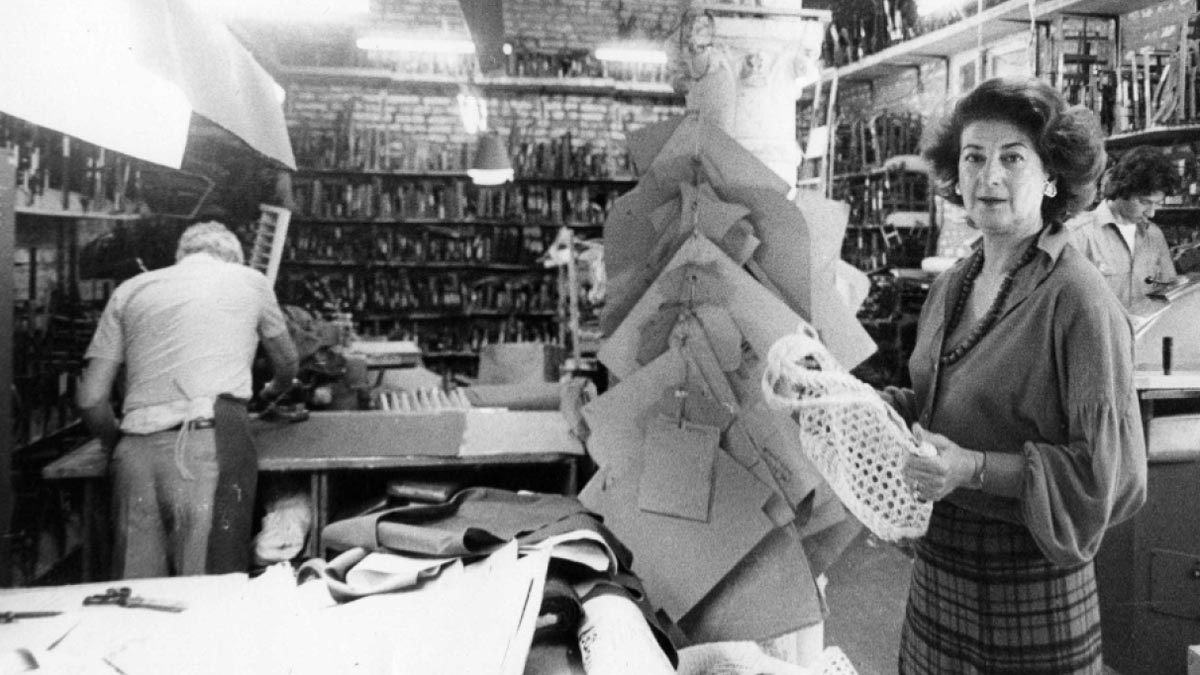
she wanted to change the rules of fashion
She created bags made from thin strips of leather similar to shoelaces, woven and worked on looms. Objects that have had a strong impact on the world of fashion with their unforgettable names (Pirata, Casanova, Tranviere, Postiglione) and which continue to serve as a point of reference, both veiled and explicit, for all today's most famous luxury brands. The bag is upgraded from accessory to garment status. It's less and less casual, it eludes normalcy and refuses to tolerate anonymity.
In 1956 she received the prestigious "Oscar of Fashion" from Neiman Marcus. In the Sixties she was invited by Giambattista Giorgini to present her iconic prêt-à-porter collections with a trompe-l'oeil effect in the Sala Bianca of Palazzo Pitti. Although she went on to win numerous international awards, it was thanks to the Compasso D'Oro award in 1979 that she entered the realm of designers who know how to revolutionize the quality of objects.
"All the colors are beautiful and go well together, and if for some reason, bringing two colors close together creates confusion, just add a third to create perfect harmony."
The consecration of her talent came in 1980 in the city of New York. The Whitney Museum of American Art has dedicated an entire exhibit to her name. The exhibition documented the affection and esteem that Americans have for her work and her art (in 1975 she opened a large boutique in New York on Fifth Avenue ). Artists of the caliber of Salvador Dalì and Giorgio De Chirico were her friends of her and recognized her enormous talent. Sketches of garments and scarves were also exhibited in the exhibition. These sketches remind us once again how conceptual her design journey was.
Julie Gilhart, creative director and senior vice president of Barneys New York, says that visiting the Roberta di Camerino brand archive is a truly incredible experience: "every bag I know has already been made from her."
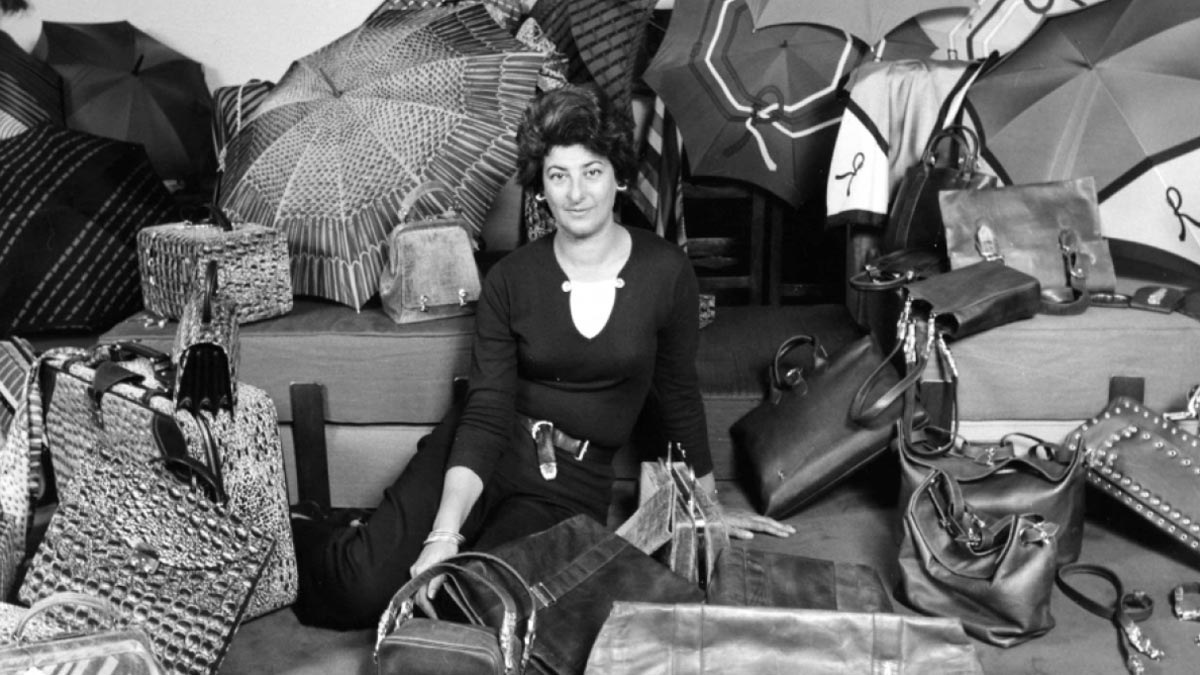
Holograms
In order to protect licensees from the phenomenon of forgery, it was produced in collaboration with Consul+ Srl, a company leader in the anti-counterfeiting sector, an anti-counterfeiting hologram for each licensed product certifying its validity.

A fine collection




Precious friendships and collaborations
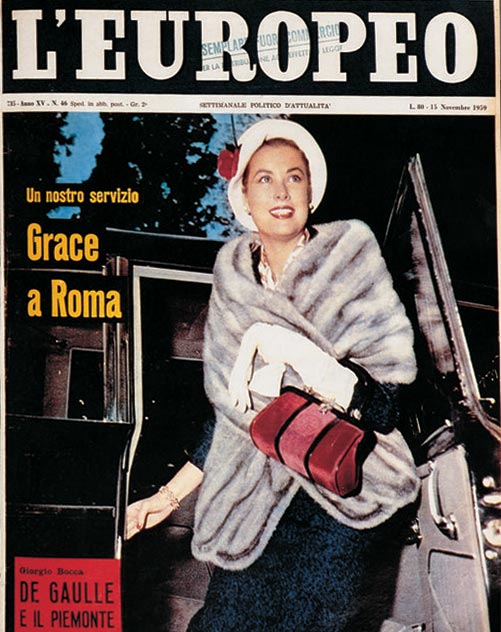
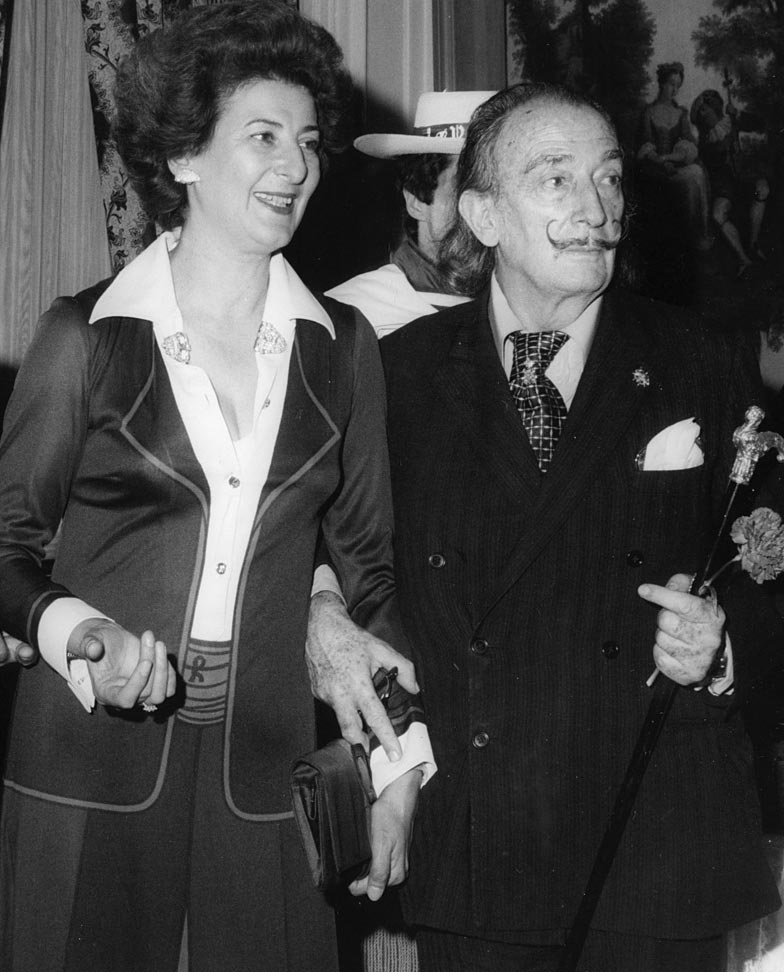
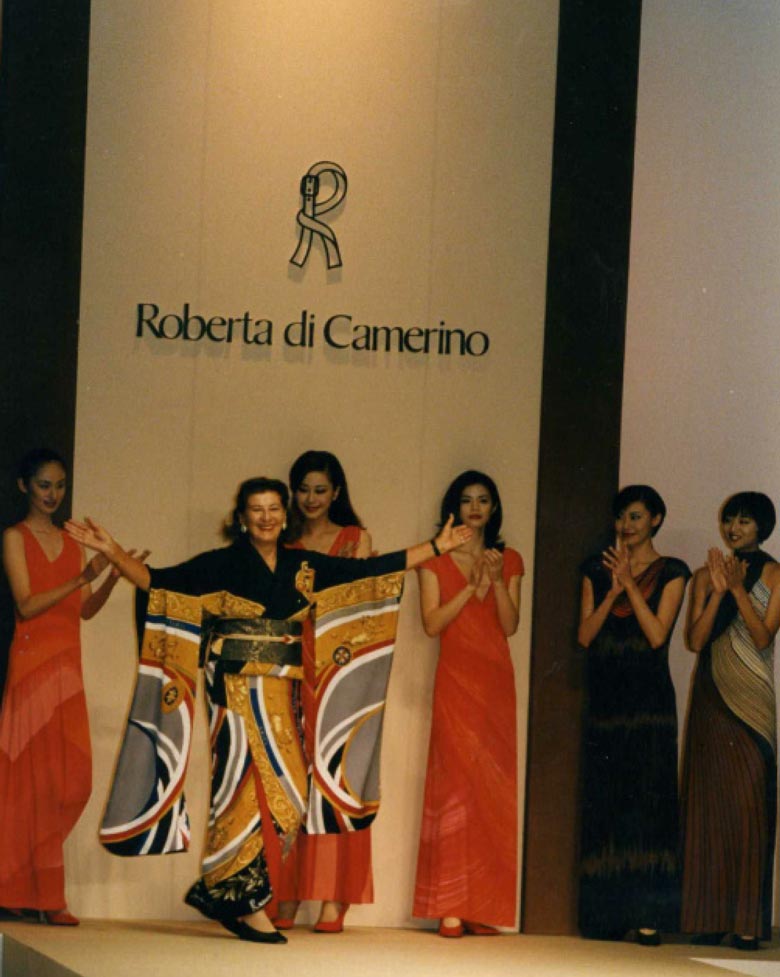
Already licensed categories
Available categories
The licences highlighted in green are fully available. Those in yellow have already been licensed for certain territories, customer types or product sectors, but remain available for other uses. For further details, or to check availability for your specific use, please contact us.
abbigliamento casual abbigliamento da lavoro abbigliamento formale abbigliamento in pelle abbigliamento per la danza abbigliamento tecnico sportivo abiti da cerimonia abiti da sposa accessori bagno accessori per cellulari accessori per computer argenteria articoli di abbigliamento per lo sport articoli per animali articoli per equitazione Bigiotteria borse Bretelle e ferma cravatte Calzature Calzature antinfortunistiche calze e calzini camiceria cappelli caschi moto chiavette usb ciabatte e pantofole cinture collant e leggins cosmesi cover cellulari cravatte dvd gioielli giubotti guanti igiene personale intimo classico Intimo Seamless Intimo tecnico jeans linea mare e beachwear bikini maglieria maglieria cashmere magneti e calamite mascherine metalli preziosi occhiali occhiali da vista ombrelli orologi pigiameria portachiavi portafogli profumi Saponi sciarpe e foulard scolastica smartphone smartwatch sneakers t-shirts - felpe-polo tessile casa tute sportive valigeria Zaini, Borsoni en
en Italiano
Italiano

